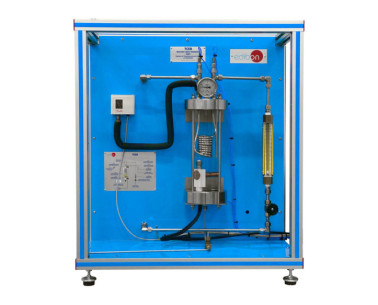Une fois de plus, EDIBON a eu l’honneur de participer à l’un des événements internationaux les plus importants dans le domaine de l’enseignement en ingénierie : l’ASEE Annual Conference and Exposition 2025, organisée par l’American Society for Engineering Education (ASEE).
La thermodynamique et la thermotechnique sont des domaines fondamentaux de l’ingénierie qui jouent un rôle crucial dans de nombreuses industries, de la production d’énergie à la climatisation. Comprendre leurs concepts de base est non seulement essentiel pour les ingénieurs, mais fournit...
Chez EDIBON, nous sommes engagés à renforcer les compétences comme pilier stratégique pour la compétitivité et le bien-être social de l'Union européenne. Une formation adéquate renforce non seulement l'économie, mais permet également aux individus de participer pleinement à la société et à la...
Dans un monde où la demande en énergie ne cesse d'augmenter et où les ressources non renouvelables s'épuisent rapidement, la nécessité de trouver des solutions durables et respectueuses de l'environnement n'a jamais été aussi urgente. L'économie circulaire et l'utilisation de la biomasse...
Nous sommes ravis de célébrer la publication de l'article du Prof. Dr. Nina Penkova intitulé 'Performance des réfrigérateurs à absorption par diffusion avec une puissance d'entrée variable'. L'étude explore comment les réfrigérateurs à absorption, qui utilisent l'énergie résiduelle ou solaire...
 Préférences sur les cookies
Préférences sur les cookies












